10 Exercises to Alleviate Plantar Fasciitis Pain
Plantar fasciitis is a common cause of heel pain, affecting millions of people worldwide. It occurs when the plantar fascia, a thick band of tissue that connects the heel bone to the toes, becomes inflamed or irritated. This article will explore 10 exercises that can help alleviate plantar fasciitis pain, improve foot flexibility, and strengthen the muscles supporting your arch[[1]].
Toe Curls
Toe curls help strengthen the muscles in your feet and improve overall foot flexibility. Sit in a chair with your feet flat on the floor. Curl your toes under, pressing them into the floor, and hold for a few seconds. Release and repeat 10 times[[2]].
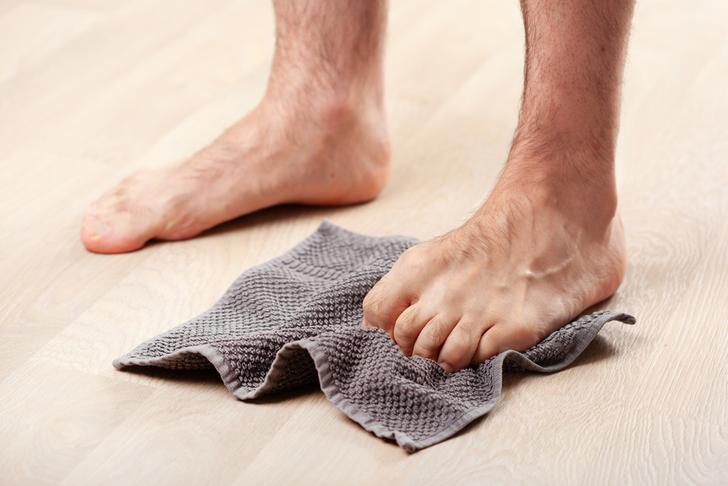
Advertisement
Calf Stretches
Tight calf muscles can contribute to plantar fasciitis pain. Stand facing a wall with your hands on the wall at shoulder height. Place one foot behind the other, keeping both feet flat on the ground. Bend your front knee and lean into the wall until you feel a stretch in your back calf. Hold for 30 seconds, then switch legs[[3]].
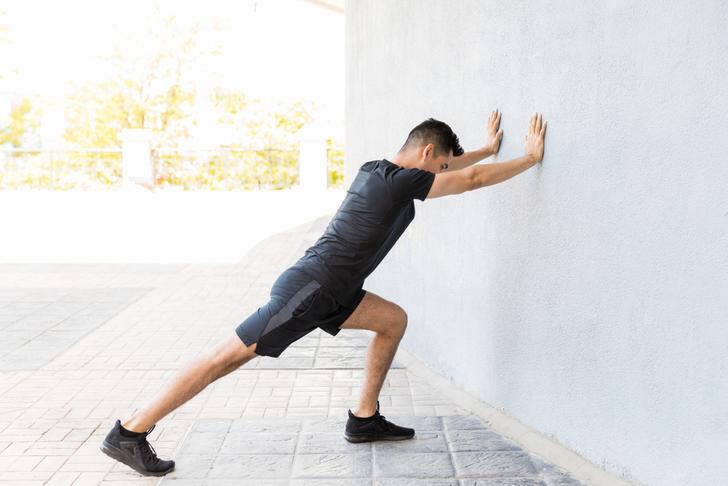
Advertisement
Towel Stretch
This stretch targets the plantar fascia and calf muscles. Sit on the floor with your legs extended in front of you. Loop a towel around the ball of one foot, holding the ends of the towel in each hand. Gently pull the towel towards you, keeping your leg straight, until you feel a stretch in your calf and the bottom of your foot. Hold for 30 seconds, then switch feet[[2]].
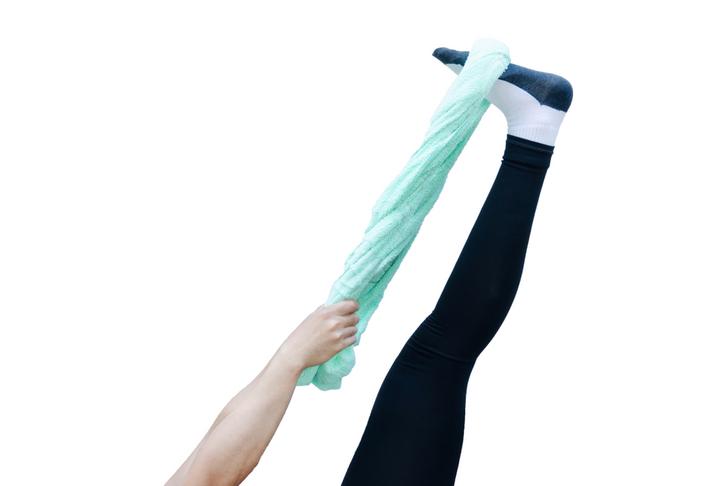
Advertisement
Arch Lifts
Arch lifts help strengthen the muscles supporting your arch. Stand with your feet hip-width apart. Slowly lift your arches, pressing your toes and heels into the ground, while keeping the balls of your feet on the floor. Hold for a few seconds, then lower your arches. Repeat 10 times[[2]].

Advertisement
Seated Plantar Fascia Stretch
Sit in a chair with one ankle resting on the opposite knee. Gently pull your toes back towards your shin until you feel a stretch in the bottom of your foot. Hold for 30 seconds, then switch feet[[3]].
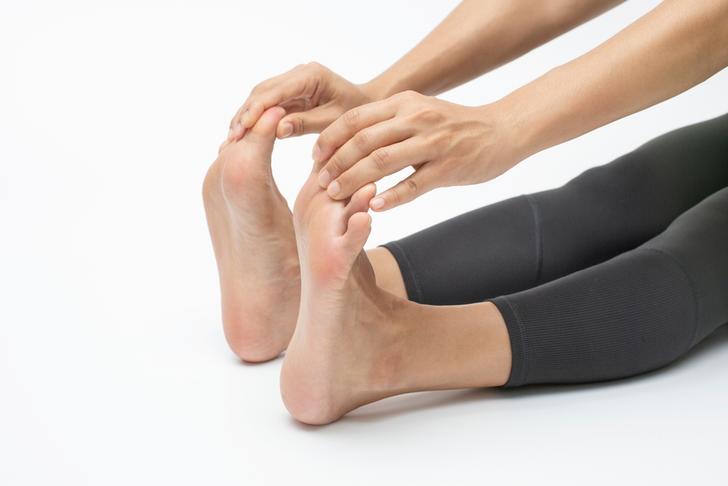
Advertisement
Marble Pick-Up
This exercise helps improve foot flexibility and strength. Sit in a chair with a small bowl of marbles on the floor in front of you. Using your toes, pick up one marble at a time and place it in another bowl. Repeat for 10 marbles with each foot[[2]].
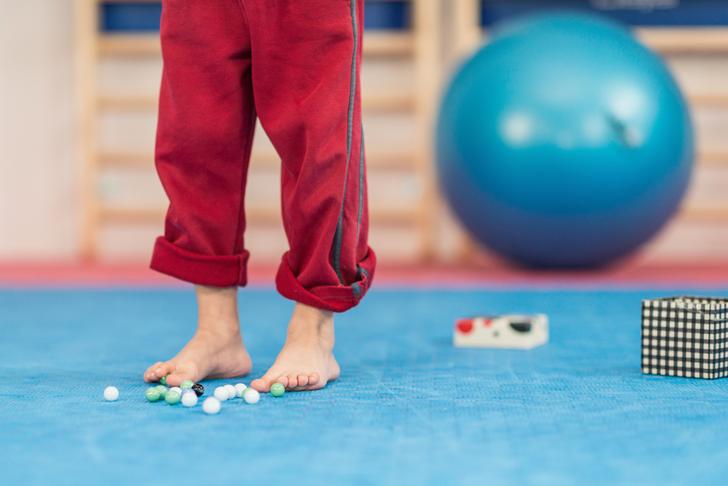
Advertisement
Achilles Tendon Stretch
Stand on a step or raised surface with your heels hanging off the edge. Slowly lower your heels until you feel a stretch in your calf and Achilles tendon. Hold for 30 seconds, then raise your heels back to the starting position. Repeat 3 times[[3]].
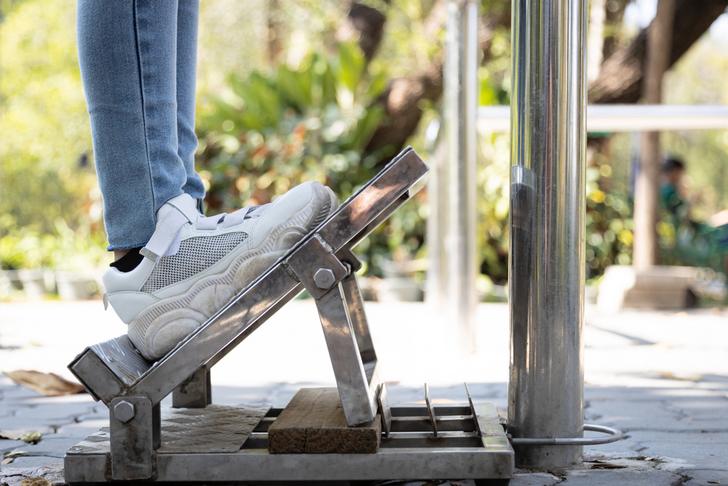
Advertisement
Toe Extension
Sit in a chair with your feet flat on the floor. Extend your toes, lifting them off the ground while keeping your heels on the floor. Hold for a few seconds, then lower your toes. Repeat 10 times[[2]].
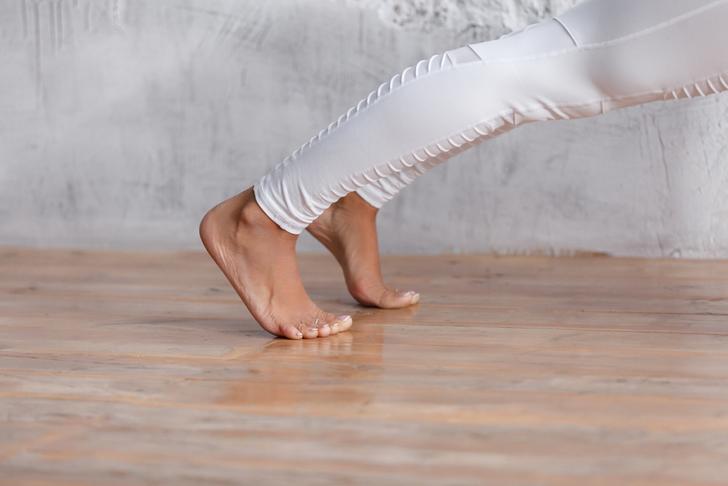
Advertisement
Ankle Circles
Ankle circles help improve ankle flexibility and range of motion. Sit in a chair with one foot off the ground. Slowly rotate your ankle in a circular motion, making 10 circles in each direction. Switch feet and repeat[[3]].
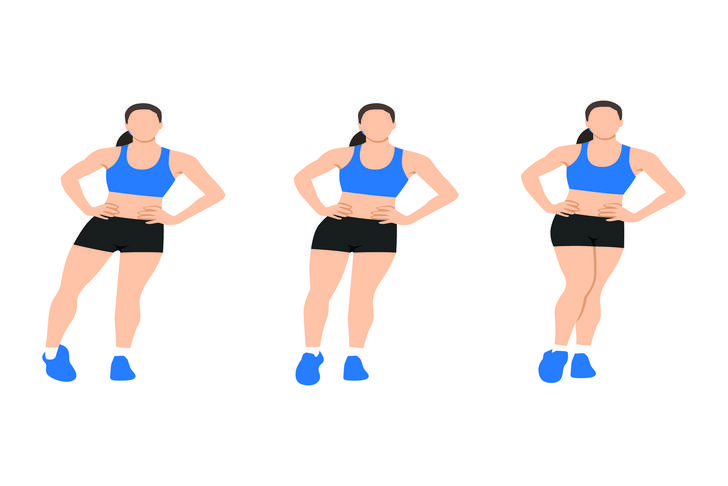
Advertisement
Plantar Fascia Massage
Using a tennis ball or frozen water bottle, roll your foot back and forth over the object, applying gentle pressure. This can help relieve tension in the plantar fascia and reduce pain[[2]].
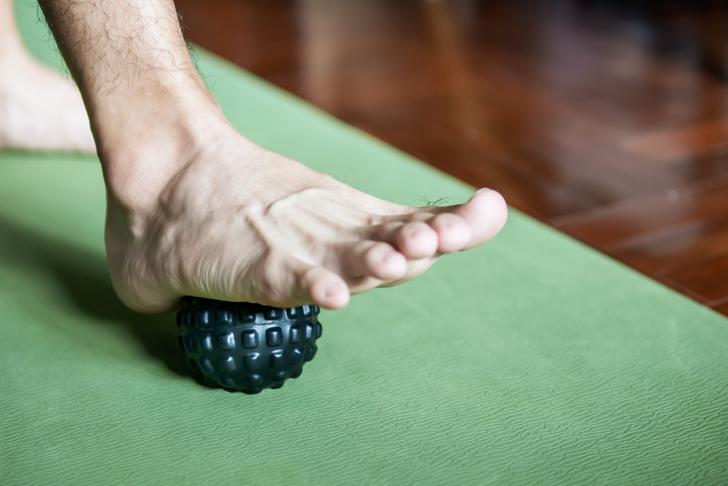
Advertisement
Causes of Plantar Fasciitis
Plantar fasciitis is one of the most common causes of heel pain. It involves inflammation of a thick band of tissue, the plantar fascia, that runs across the bottom of your foot and connects your heel bone to your toes. Here are some of the causes:
Repetitive Strain: People who regularly participate in activities that stress the heel, like long-distance running, ballet, and aerobic dance, are at a higher risk of getting plantar fasciitis.
Age: Plantar fasciitis is most common between 40 and 60.
Obesity: Extra weight puts more pressure on the plantar fascia.
Foot Mechanics: Having flat feet, a high arch, or an abnormal walking pattern can affect how weight is distributed when standing and put added stress on the plantar fascia.
Occupation: Jobs that require being on your feet a lot, such as factory work or being a teacher, can damage the plantar fascia.
Advertisement
Symptoms of Plantar Fasciitis
The most common symptom of plantar fasciitis is pain at the bottom of the foot near the heel. Here are the typical symptoms:
Pain: This is often sharp and usually occurs with your first steps in the morning or after sitting for an extended period.
Stiffness and tenderness: The bottom of the foot may be stiff or tender, often near the heel.
Limited upward foot flexibility: The foot’s flexibility may be reduced, and you may feel a pull along the bottom of the foot and Achilles tendon.
Advertisement
Treatments for Plantar Fasciitis
The primary goal of treatment is to reduce inflammation and allow the plantar fascia to heal. Here are the common treatments:
Physical Therapy: Exercises that stretch the plantar fascia and Achilles tendon and strengthen lower leg muscles are a primary part of treatment.
Orthotics: Your doctor might prescribe off-the-shelf or custom-fitted arch supports (orthotics) to help evenly distribute pressure to your feet.
Medications: Nonsteroidal anti-inflammatory drugs (NSAIDs) like ibuprofen and naproxen can help reduce pain and inflammation.
Steroid Injection: If pain is severe, a steroid injection into the painful area can help.
Surgery: Few people need surgery to detach the plantar fascia from the heel bone. It’s generally an option only when the pain is severe, and all else fails.
Advertisement
Conclusion
Plantar fasciitis is a common and potentially debilitating condition, but its impact can be significantly reduced with the right approach to treatment and management. Understanding the causes and symptoms of this condition is the first step to addressing it effectively. Incorporating exercises that stretch the plantar fascia, strengthen lower leg muscles, and improve foot flexibility can be incredibly beneficial.
In conclusion, integrating these exercises into your daily routine can serve as a powerful tool to alleviate plantar fasciitis pain and enhance overall foot health. It’s essential to consult with a healthcare professional before beginning any new exercise regimen and remember that recovery is often a gradual process – patience is vital as it may take some time for the pain to subside entirely. Embrace these steps towards recovery, and take strides towards a pain-free tomorrow.
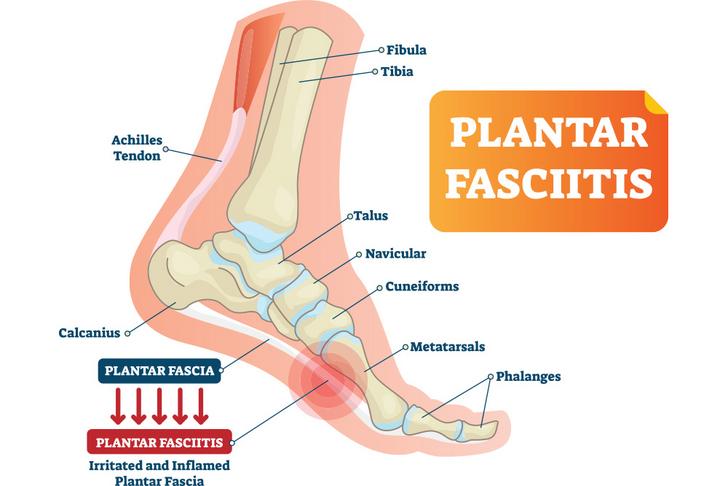
Advertisement





